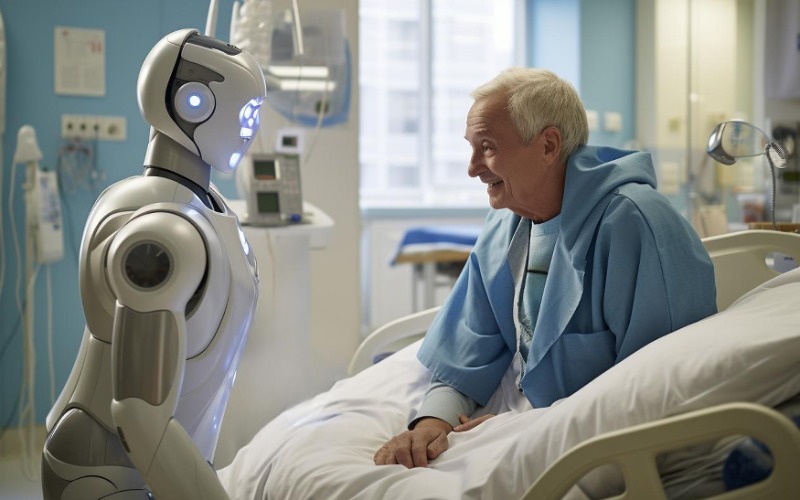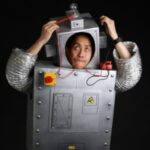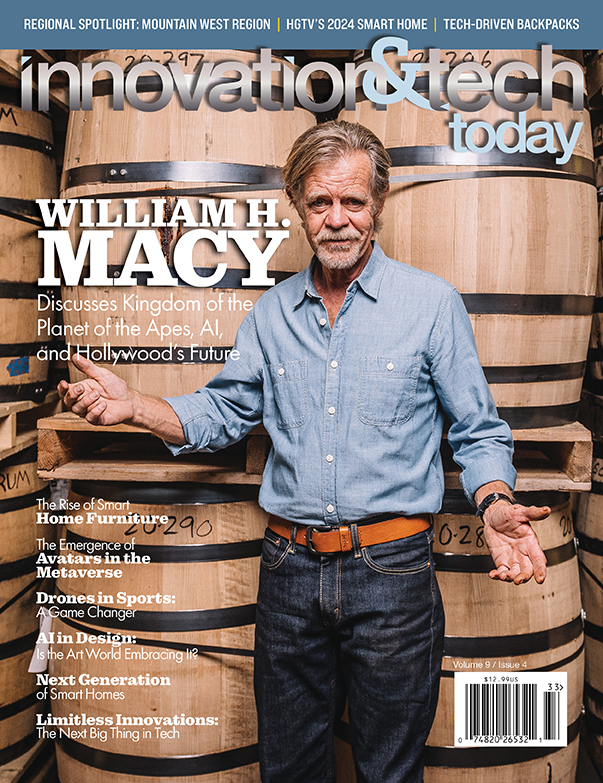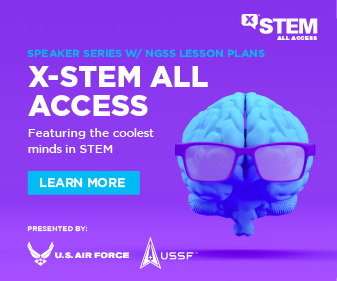Artificial intelligence (AI) and robotics have always been closely tied together in popular consciousness, so much so that it is not uncommon for the layperson to conflate the two. It shouldn’t come as a surprise that the recent surge of interest, news, and amazing developments in AI have also resulted in a massive wave of robotics companies springing up and making themselves known.
But, looking closely, you can see a pattern. Most of the new robots that have surfaced in popular media and news in the past two years are humanoids – robots that rely on bipedal locomotion and have two arms, a head, and a torso. These include the Tesla Optimus, remotely operated by humans to make drinks, the smaller Unitree G1 running across obstacles, and the newly electrically driven (rather than hydraulically driven) Boston Dynamics Atlas –each built to have a relatively human form.
Humanoids in robotics are not new to this current crop. In 2000, the world watched the Honda ASIMO slowly trundle across the stage on two legs. And while the Boston Dynamics Atlas is newly electrically driven, it was first unveiled in 2013. Considering how many robots in popular culture adopt this form, it makes sense that so many companies are moving in this direction. There is something magical about seeing a robot walk or run on two legs.
However, while it’s impressive to watch robots recover gracefully from being kicked and pushed, it’s essential to realize that mobility is not the only characteristic that makes the humanoid an ideal form for a robot. The human face has one of the highest bandwidth forms of communication available to our species. Social robots that take on a humanoid form can exploit this fact.
There’s a space today where a social robot that can connect with humans can truly shine. Healthcare.
There is a worldwide workforce shortage in healthcare. The World Health Organization (WHO) does not see the data trending in the right direction. While social robots aren’t designed to augment a surgeon’s skills or increase their throughput, there are ways they can be deployed to help the healthcare industry address the shortage of workers. General robotic tech is already gaining a foothold in healthcare, with many hospitals adding non-humanoid robots to their facilities. Relay Robotics has deployed its robotics systems to numerous hospitals to assist in automating deliveries for patients.
The healthcare industry is an ideal deployment ground for humanoid robots. A humanoid robot, especially one that focuses on communication, has many different healthcare applications. There are obvious ones, like assisting in patient intake and monitoring or performing receptionist duties at large hospital systems. These applications tackle improving patient experience.
Other healthcare applications deserve our attention. Medical simulation is a sector that helps train healthcare professionals. A social robot with a highly realistic face and linked to an AI backend can play the role of different patients to help educate and accelerate the training of healthcare workers. The realistic humanoid Ameca, built by Engineered Arts, has 32 degrees of freedom in the head and neck area. It can present as a stroke patient who has partial paralysis in facial muscles. It can also present different personalities for trainees to interact with, from a typical patient to a hypochondriac with a gluten intolerance who suspects their issues are caused by vaccinations.
Another category social robots can help with in healthcare is elder care. In the United States, 94% of nursing homes are understaffed. That’s a frightening statistic that only gets worse when one begins to dig into specialized care categories like long-term memory loss care. While a social robot like Ameca is not necessarily designed to help deliver food or administer medication, it can address issues around lack of companionship and help reorientate patients with memory loss.
Social isolation is a significant problem in the elderly population and can lead to even worse conditions. Social isolation has been associated with an approximately 50% increased risk of developing dementia. Loneliness among heart failure patients has been associated with a nearly four times increased risk of death, 68% increased risk of hospitalization, and 57% increased risk of emergency department visits. A robot that can form a sense of human connection can help address some of these issues and augment the care staff’s ability to properly address patient needs.
Robots built around these concepts might not fit in well in a factory building cars or stacking boxes, but they have an opportunity to help in hospitals and care facilities where there is a need for labor augmentation.
While it is incredible to watch a Boston Dynamics Atlas backflip and throw heavy boxes around like they were pillows, it’s important to remember the benefits of the human form. Fostering connection. Social robots have a place in many areas of our lives. One of the more important ones might be the healthcare sector, where they can enhance patient experience, accelerate the training speed of healthcare workers, and help augment labor that is running lean.











